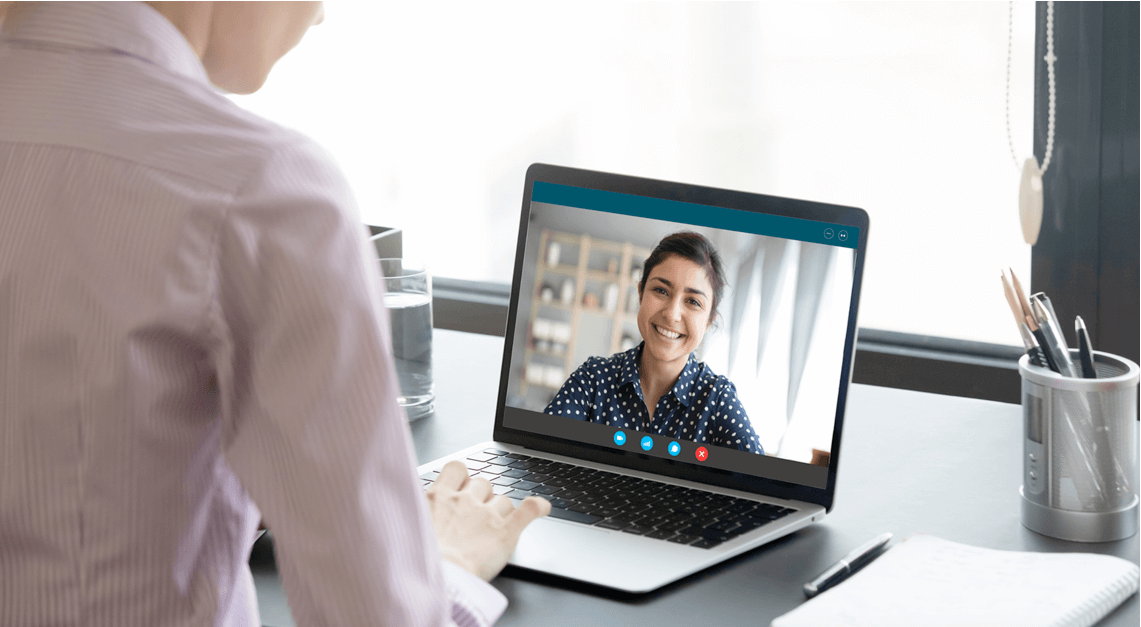Major companies like Amazon, IBM, and Apple hold annual virtual recruiting events, and they have paved the way for many other agents to follow the same. Organizing a virtual career fair to hire employees and improve networking lowers travel expenses and saves time.
However, setting up a virtual recruiting event can get challenging during the first attempt. So here are some practical tips that can create and boost a successful recruiting event.
1. Plan Ahead
Before the event, have a clear goal, find a host, and plan your promotions. Depending on whether your goal is to spread awareness or recruit applicants, choose your content, promotional plans, and speakers.
Choosing your host is vital. Know your audience and find a relatable speaker who can provide the most powerful insight into your brand.
Once you have set up a target audience and the host, plan on personalizing the roles and the output. This will enable you to create better engagement and more transparent feedback after the event.
2. Select the Type of Event
Since there are different types of virtual events, selecting the right platform matters. You can choose to make it an office tour, feature employers, have an employee panel or host, and AMA( ask me anything).
Pick a type of event and platform that co-relates to your target number of attendees. While selecting the type of event, make sure that it reflects your plans and the workplace commitment by setting up explicit content and accessible answers.
3. Choose a Suitable Platform
Once you choose the type of event you want to host, choosing the right platform is to stream your event is crucial. Whether you want a pre-recorded video or you decide to live-stream, make sure you are accessible to a broad audience.
Choose a popular platform that is friendly to the users. Some choices include YouTube live, Facebook Live, Instagram TV, WebEx, Google Hangout, and Zoom.
4. Promote the Event
Using social media such as Facebook, Twitter, Instagram, and even WhatsApp to send out invitations is an effective method to reach your potential audience. These promotions should include RSVP features so that you can access the possible number of attendees. The strategy allows you to have a rough estimate of the audience with an attendee expectation of 50 attendees out of every 80 RSVPs.
In your promotion segments, have a short walk-through about the tools they will need, the time and place, and the things they will gain.
5. Scheduling the Event
To maximize your attendees, set a time that does not clash with classes or working hours. Tuesdays to Thursdays between 3 pm to 7 pm is an ideal time for most people around the world and generates more audience.
Make sure the event lasts a minimum of 45 minutes and follow up with about 15 minutes for Q&A sessions.
6. Follow up
After the event, compare the expected attendees with the number of audiences to get the ROI. This report will give you an estimate of the event success rate so that you can keep track of your attendees. Follow up by sending out personal messages to thank or invite them for the next event with source codes.
The key is to make the event authentic, wholesome, and productive. Even if the ROI is lower than expected, demonstrating your goals and offers through virtual fair will still give you a more extensive exposure than a physical career fair.

